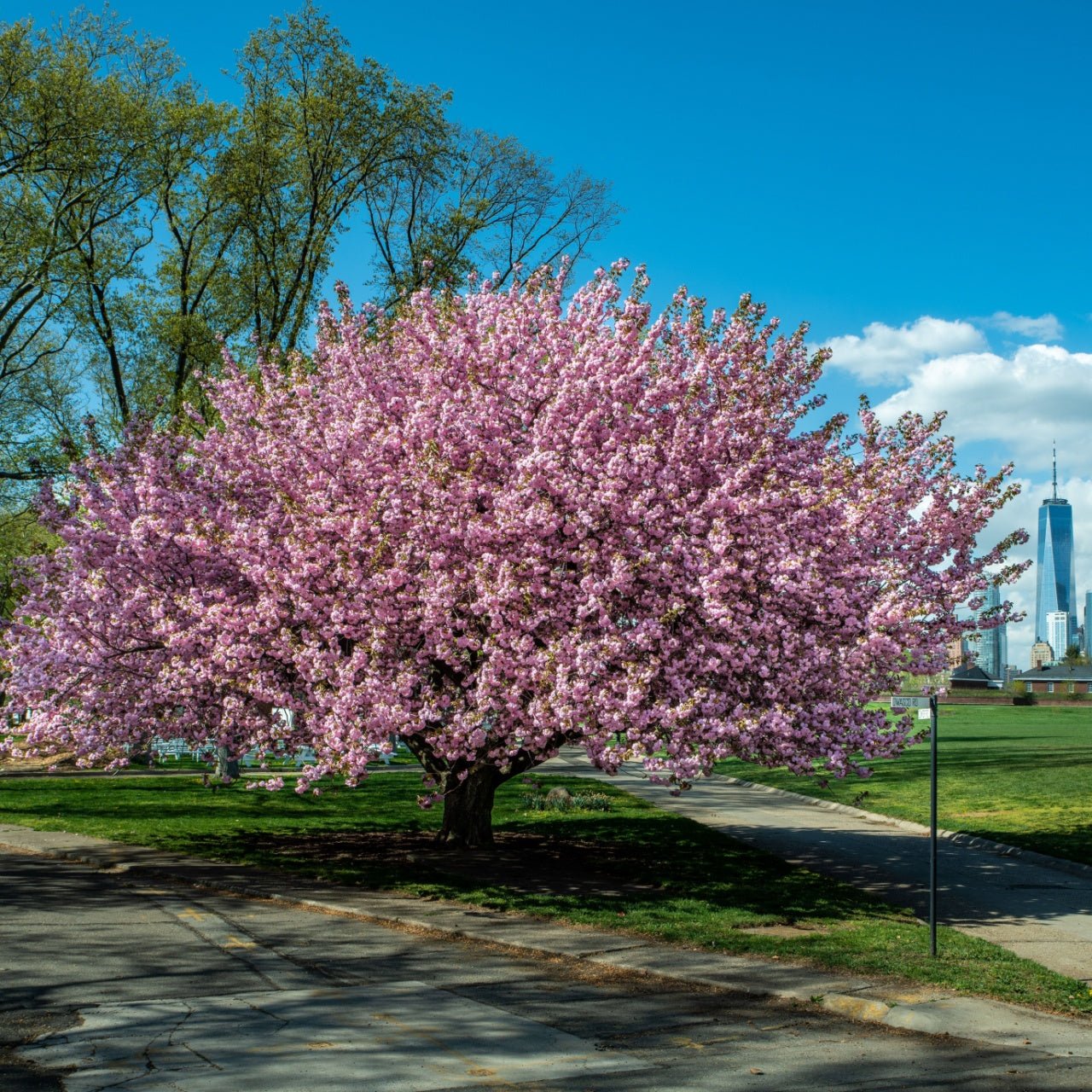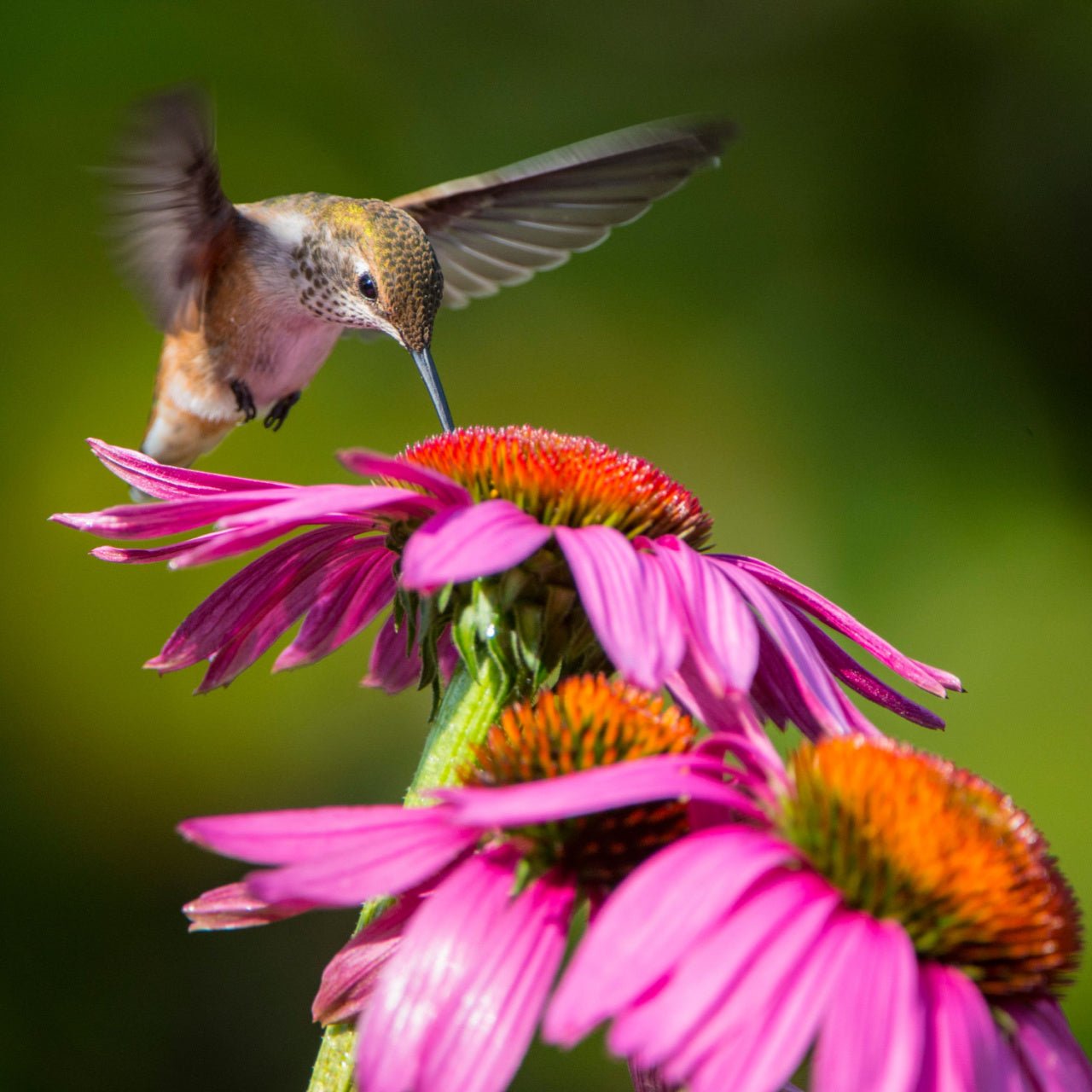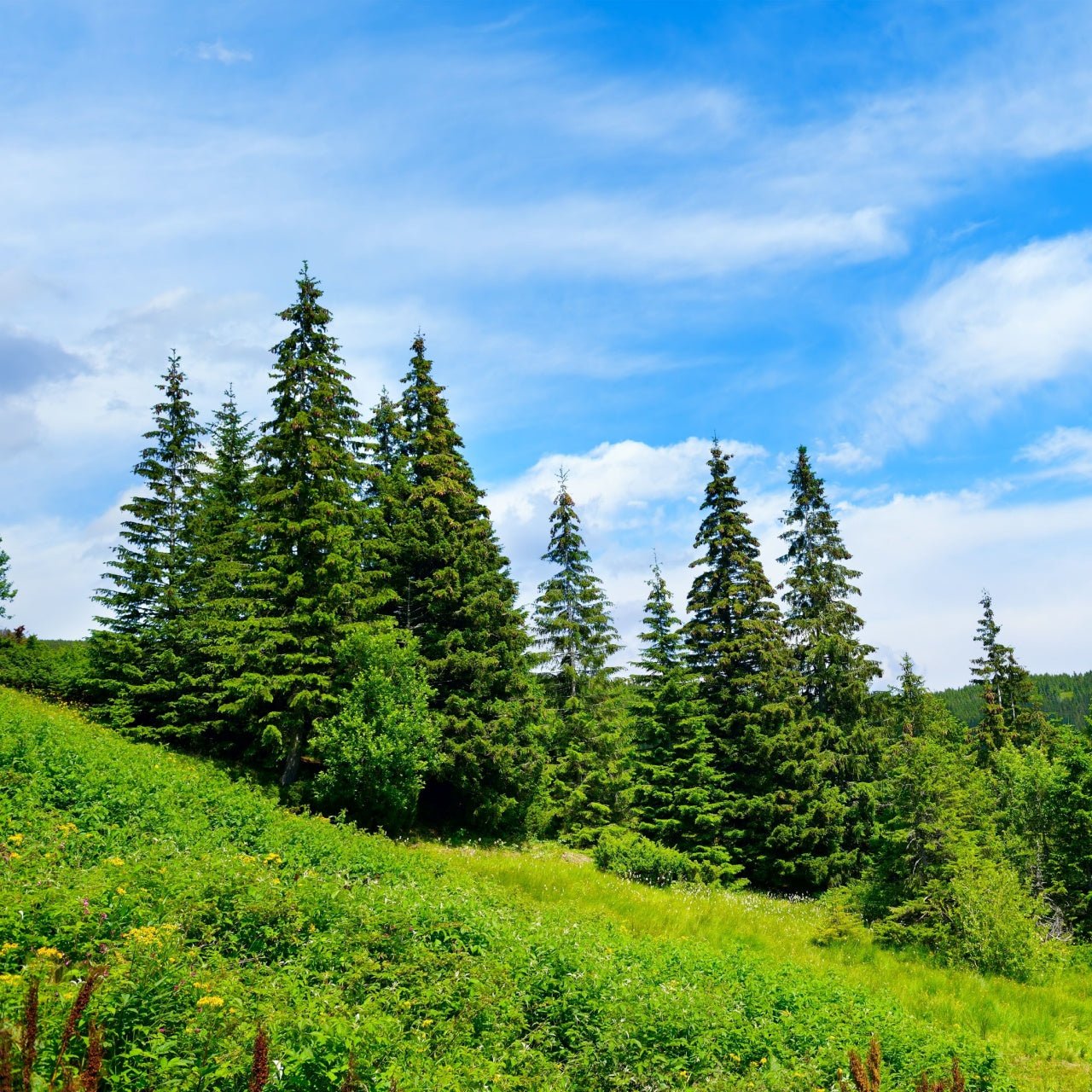

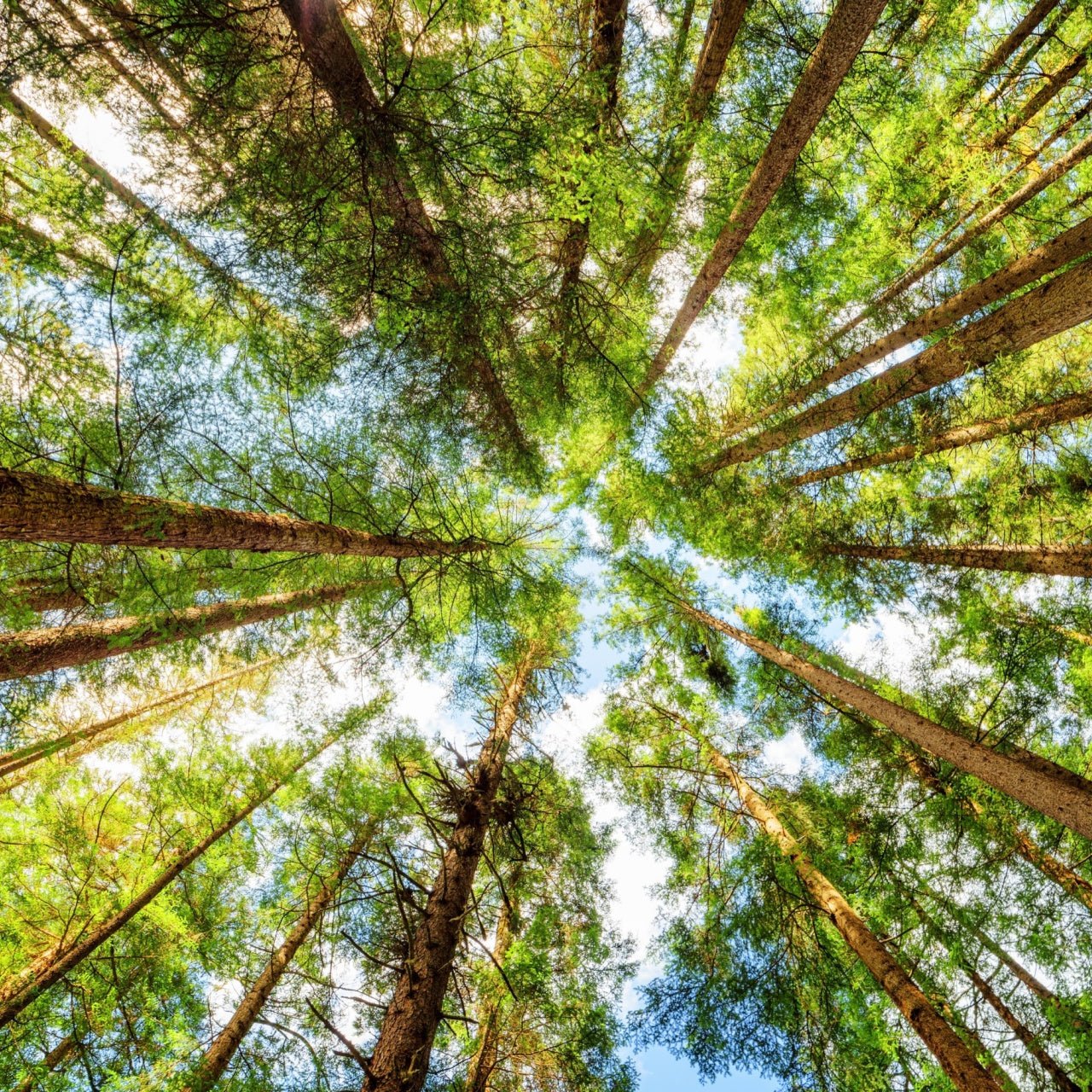
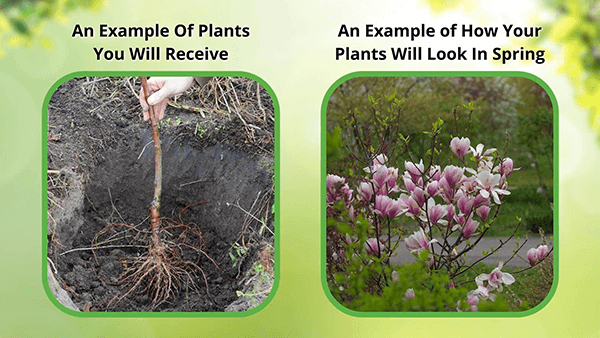

Pine Trees
Enhances soil with organic matter
Low-maintenance and drought-tolerant
Year-round green beauty and shade
Thrives in
ZONE 2ZONE 3ZONE 4ZONE 5ZONE 6ZONE 7ZONE 8ZONE 9This plant ships:
November 20251 Year Guarantee on all plants
Pine Trees - Pinus
Pine Trees are extremely common North American trees. Within the pinus genus, there are estimated to be over one hundred species of tree. The differences between these species are small but specific, relating to the amount of needles, cone scale thickness, what time the cones open, or even the presence of a prickle on the scale of the seed. These remarkable trees are also commonly called “evergreen trees” because their green needles retain their color all year round. Their seasonal changes are confined to their reproductive patterns, and otherwise the trees remain the same in all weather and seasons.
Plant Details - Pine Trees
Family: Pinaceae
Light Requirement: Full sun
Water Needs: Minimal
Height: Species dependent, 10-260 ft
Spread: Species dependent, up to 50 ft
Growth Rate: Moderate
Soil Preference: Well drained, Fertile
Season of Interest: Year round
Flower Color: Cone, Shades of brown
Fruit: Cone
Wildlife Value: Food and habitat for mammals, insects, birds and amphibians
Notable Characteristics - Pine Trees
Pine Trees are gymnosperms, meaning they don’t produce flowers or fruit in the typical way. They reproduce through their cones, which are their version of a fruit or flower. Towards the bottom of the tree, male cones reside. These are small and spongy, and often a light brown or even pale green color. They contain pollen which blows on to female pine cones of other trees. The female pine cones have a hard, woody casing protecting the seed, and when the cone is mature it dries out and opens up, releasing the seed within. The typical “pine cones” we know are female! The bark of pine trees is often woody and scaly, and a reddish, brown color.
Landscape and Maintenance
Pine Trees are native to many areas of the world, with many species native to the United States. They are found in all areas of the United States, with some of the most common species being the Sugar Pine, Ponderosa Pine, Red Pine, Longleaf Pine, and countless others. They are remarkably drought resistant as the non-native species have fully naturalized to the area. They are a timeless, classic tree that not only provides year round interest, but also carries that memorable, pine smell that transports you to the holiday season at any time of year.
This Is How Your Plants Will Look upon Delivery

Height at Maturity
Over 25 Feet
Care
Pine trees prefer well-drained soil and moderate watering, letting the ground dry out between sessions. Trim only to clear dead branches. Look for pests like pine beetles and treat infestations promptly.
Plant Reproduction
Pine trees spread through wind-dispersed seeds from their pine cones.
Plant bare root trees during the dormant season in early spring or late fall (November through April). Dig the hole twice as wide as the roots so the soil is well-drained. Position the tree so the root flare is at or just above ground level. Fill the hole back with the soil you dug from and water. Maintain soil moisture, especially in the tree's early years, by providing deep, regular watering. Apply a 2-4 inch mulch away from the trunk at the base to retain moisture and suppress weeds. Prune trees during the first few seasons to establish strength and resilience, remove damaged branches, and continue maintenance pruning as the tree matures. Regularly inspect for pests and diseases and apply integrated pest management practices. Protect young trees from mechanical damage and extreme temperatures with tree guards, and stake them if necessary for support, removing the stakes after one or two years.
Shipping date depends on the date displayed and chosen when you order from the product's page.
We only accept returns on plants verified dead. If you think your plants have died, we offer a 1 year warranty, please use this File a Claim Link to verify dead plants and start with return warranty process.






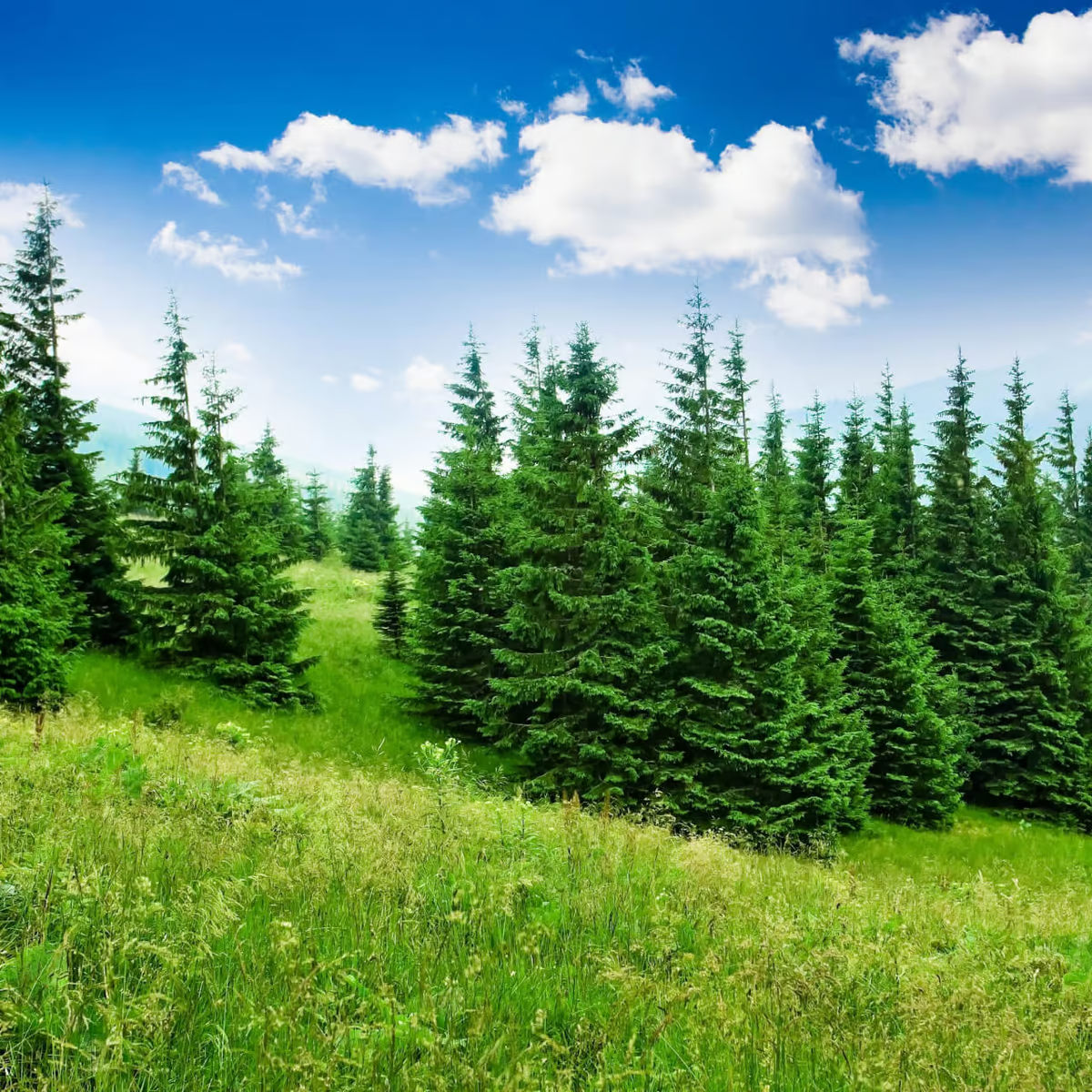
Natural Privacy Screen:
Their dense, tall growth makes pine trees excellent for creating privacy and blocking out unwanted views.
Air Quality Improvement:
Pine trees help purify the air by absorbing pollutants and releasing fresh oxygen, enhancing your outdoor environment.
Versatile Landscaping:
Pine trees add structure and beauty to various garden settings, serving as focal points, windbreaks, or natural borders.
Low Maintenance:
Pine trees are hardy and require minimal care, making them a hassle-free addition to any landscape.
Caring Tips
How do I care for my Pine Trees?
Each box contains detailed care instructions and information about your product. But here's the basics.
Care Tips
Pine trees prefer well-drained soil and moderate watering, letting the ground dry out between sessions. Trim only to clear dead branches. Look for pests like pine beetles and treat infestations promptly.
Light Requirements
Pine trees generally thrive in full sun, needing six hours of direct daylight daily. While they can tolerate partial shade, optimal growth and health are achieved with ample sunlight, making them best suited for open, sunny areas.
Hardy Planting Zones
2 • 3 • 4 • 5 • 6 • 7 • 8 • 9
Header
Use this content to share information about your store and products.
Frequently Asked Questions
How often should I water my plants?
How do I know if my plant is getting too much or too little sunlight?
What should I do to prepare my plants for winter?
What are the signs that my plant needs fertilizing?
How can I prevent pests from damaging my plants?
How do I choose the right plant for my climate zone?





